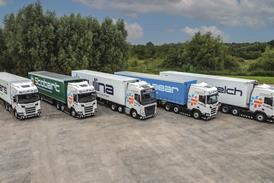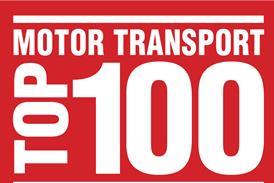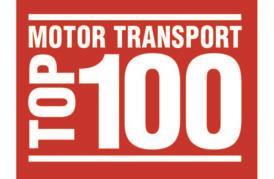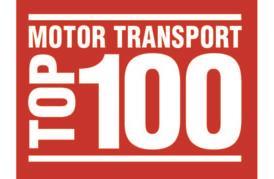Certas Energy invests in renewable fuels with target to supply 1bn litres of HVO

Certas Energy is the UK’s largest independent distributor of fuel and lubricants in the UK, with a diverse customer base spanning rural residential customers, small, medium and large businesses and farms. It has specialist sector teams for marine, fuel retailing and lubricant customers and, in the road transport sector, Certas ...
This article is for registered users only
Please login or create a FREE account to read the full article
Want to read more?
Register now for free to access the full article.
To access our great content on the Motor Transport website and to get a free copy of our weekly Executive Brief newsletter.
Once registered, you’ll get access to:
- In-depth breaking news every working day of the year
- All the best careers advice for you and your business
- Profiles of every winner at the Motor Transport Awards
- The richest set of road transport industry data in the UK
- You may also be eligible for a free print or digital copy of Motor Transport











